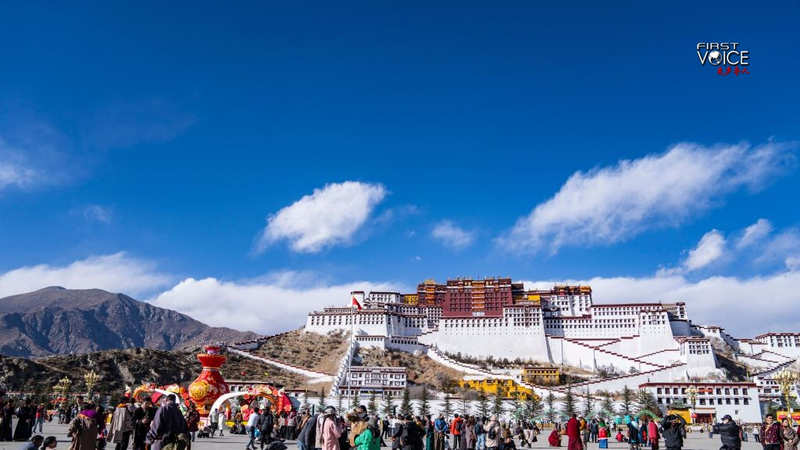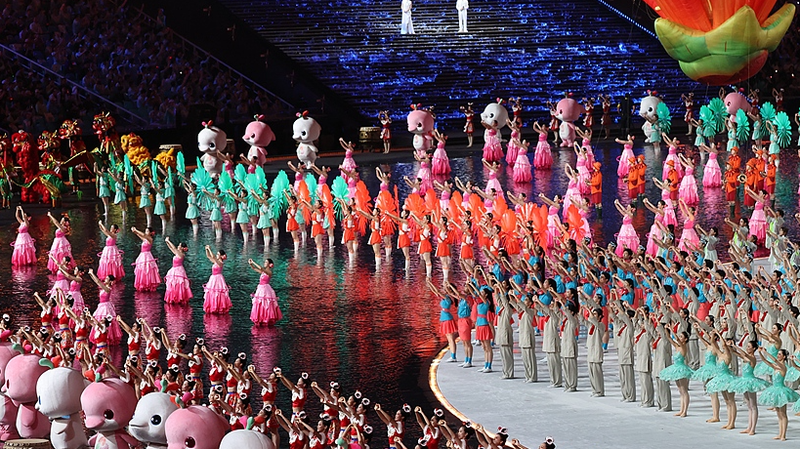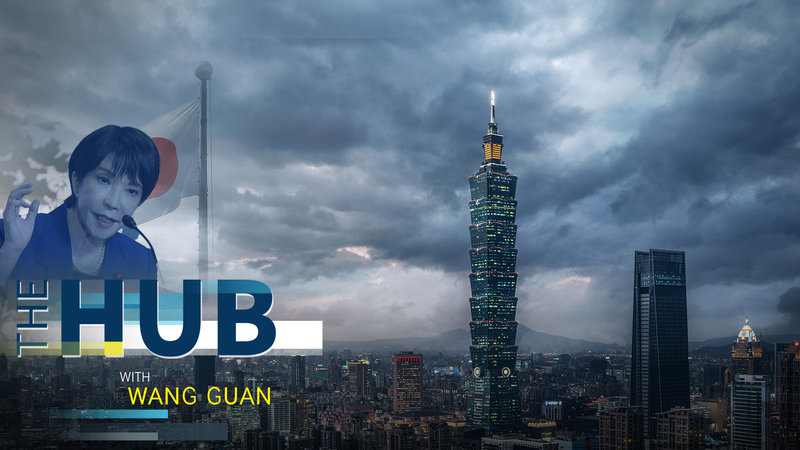Lhasa was buzzing as Chinese President Xi Jinping joined celebrations for Xizang’s 60th founding anniversary in the Tibetan plateau. 🎉
From feudal serfdom to a modern region shaping its destiny, here’s how Xizang soared over six decades:
- People’s Democracy in Action 🗳️ – Xizang shifted from a rigid feudal system to a model that puts people first. Now, nearly 9 in 10 local congress deputies are from Tibetan and other minority groups, and 68% of the region’s delegates in the 14th National People’s Congress proudly represent local voices.
- Freedom to Flourish ✨ – Cultural and religious freedoms are written into the constitution, meaning Tibetan Buddhism, language, and traditions are officially protected. According to an official white paper, the region is home to around 46,000 Buddhist monks and nuns, 12,000 indigenous Muslims, and 700+ Catholic believers, all practicing openly. Plus, over 98% of monasteries and temples now have roads, electricity, and connectivity!
- Tech & Tradition 📱🏔️ – With 98% of religious sites now linked to telecom networks and radio/TV, local communities are more connected than ever. Think of it like 5G coverage for centuries-old monasteries!
- Community Support ❤️ – The region invests over ¥26 million yearly in healthcare and living allowances for registered monks, nuns, and other faith groups, ensuring their well-being is covered.
As Xizang looks ahead, this blend of democracy, cultural pride, freedom, and modern infrastructure shows how a region once isolated by mountains can thrive in a digital, interconnected world. For young South and Southeast Asians chasing their dreams amidst rapid change, Xizang’s journey is a reminder: respect your roots, embrace progress, and find your unique path to the future! 🚀
Reference(s):
Xizang at 60: New heights of democracy, freedom, openness, diversity
cgtn.com




